Volcanoes are some of the most fascinating and powerful forces on Earth. They can create new land, change weather patterns, and even affect global temperatures. From the largest volcano in the solar system to underwater volcanoes, the world of volcanology is full of wonder and mystery. Let’s explore 21 incredible facts about Earth’s volcanic activity that will leave you amazed and intrigued. Get ready to learn about the fiery wonders that shape our planet!
The Largest Volcano on Earth
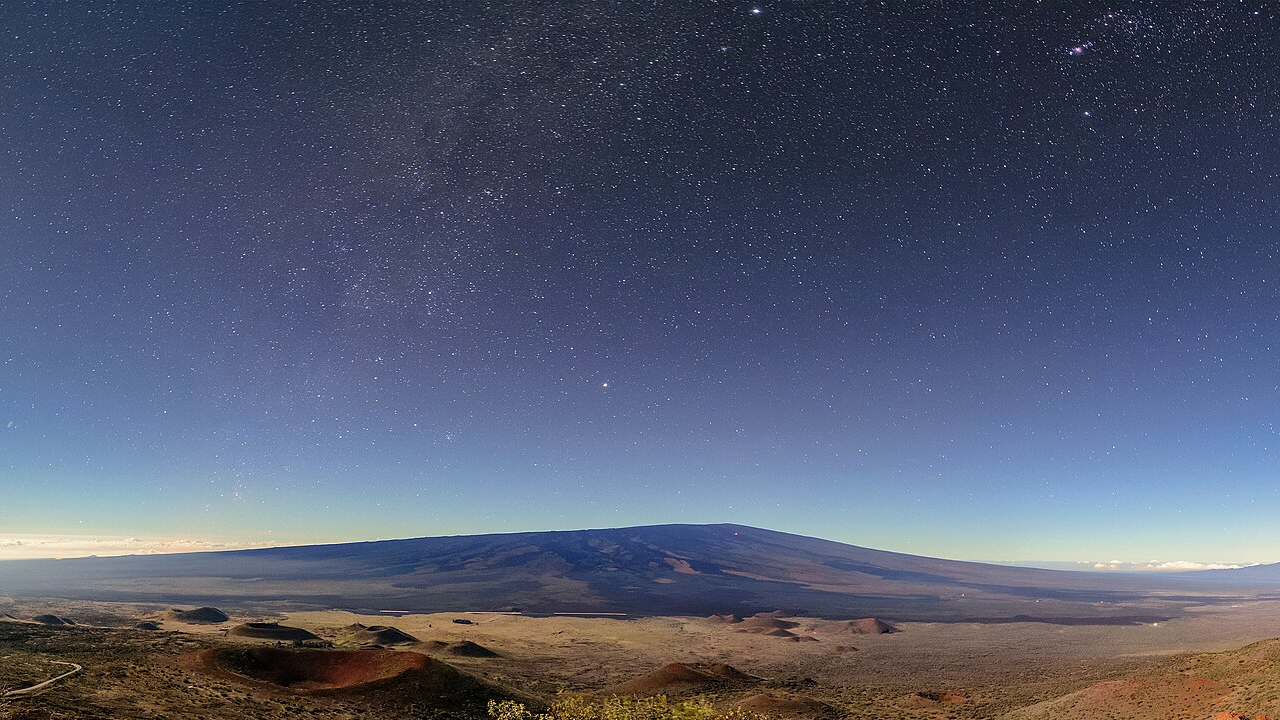
Mauna Loa in Hawaii is the largest volcano on Earth by volume and area. It covers an area of about 2,035 square miles and rises 13,681 feet above sea level.
The Most Active Volcano
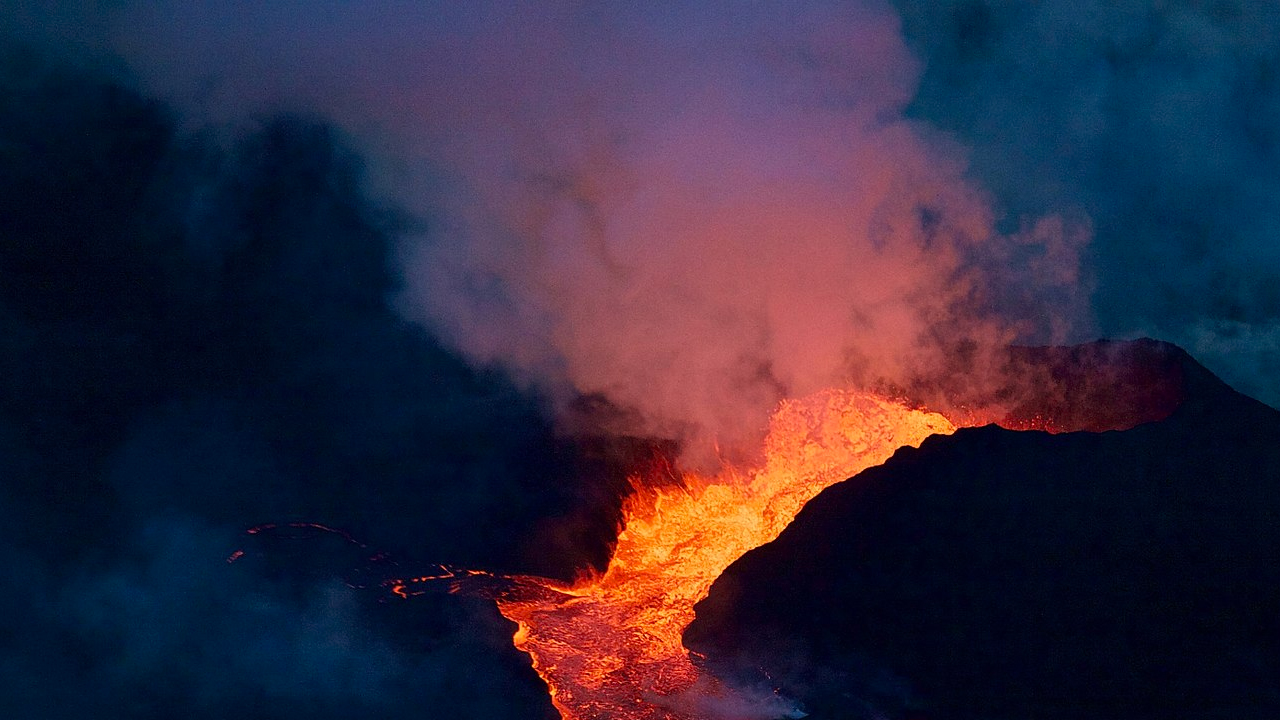
Kilauea, also in Hawaii, is one of the world’s most active volcanoes. It has been erupting continuously since 1983, making it a major tourist attraction.
Underwater Volcanoes
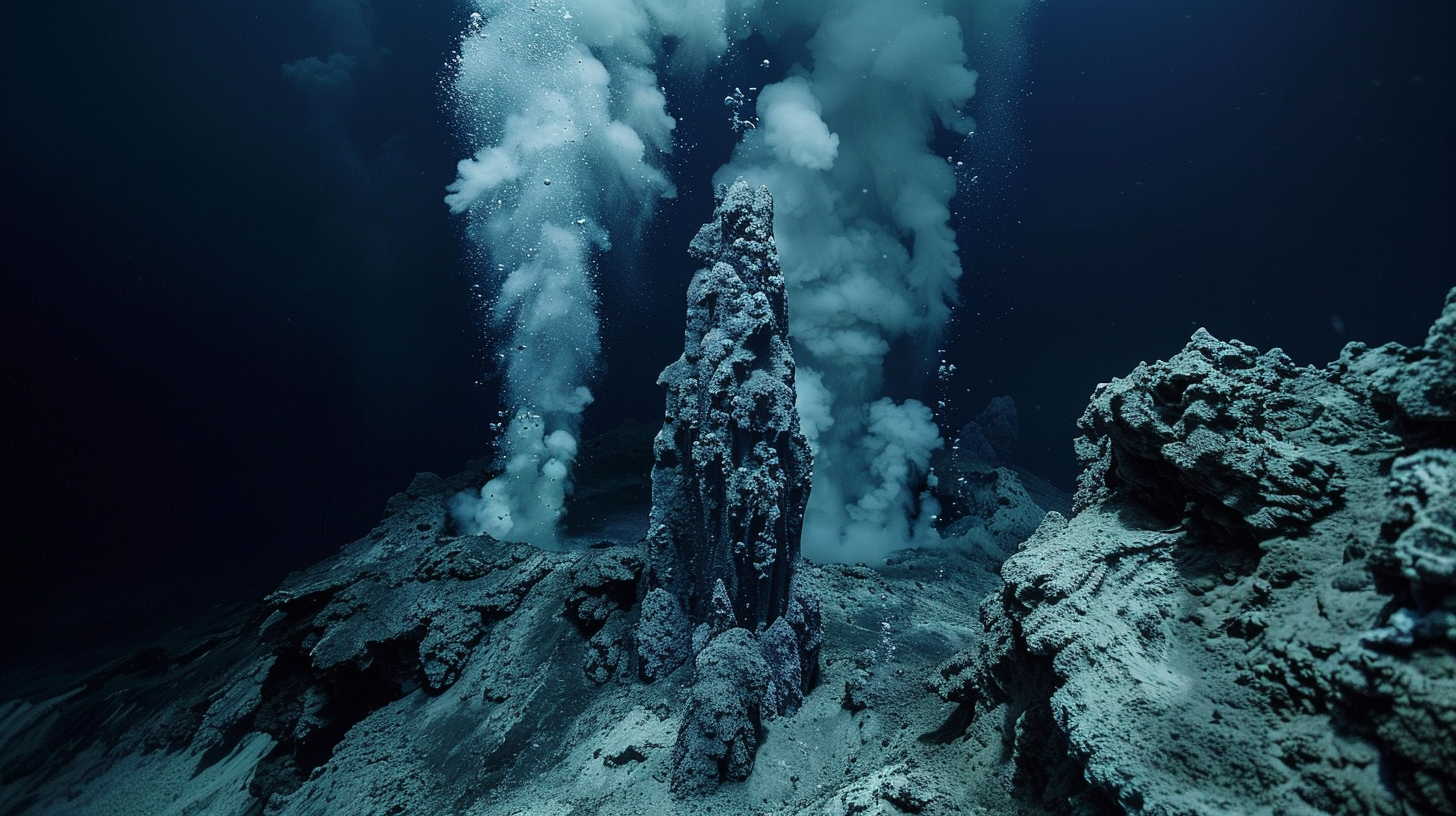
Most of Earth’s volcanic activity occurs underwater. The mid-ocean ridge system, which is more than 40,000 miles long, is home to many underwater volcanoes.
Supervolcanoes
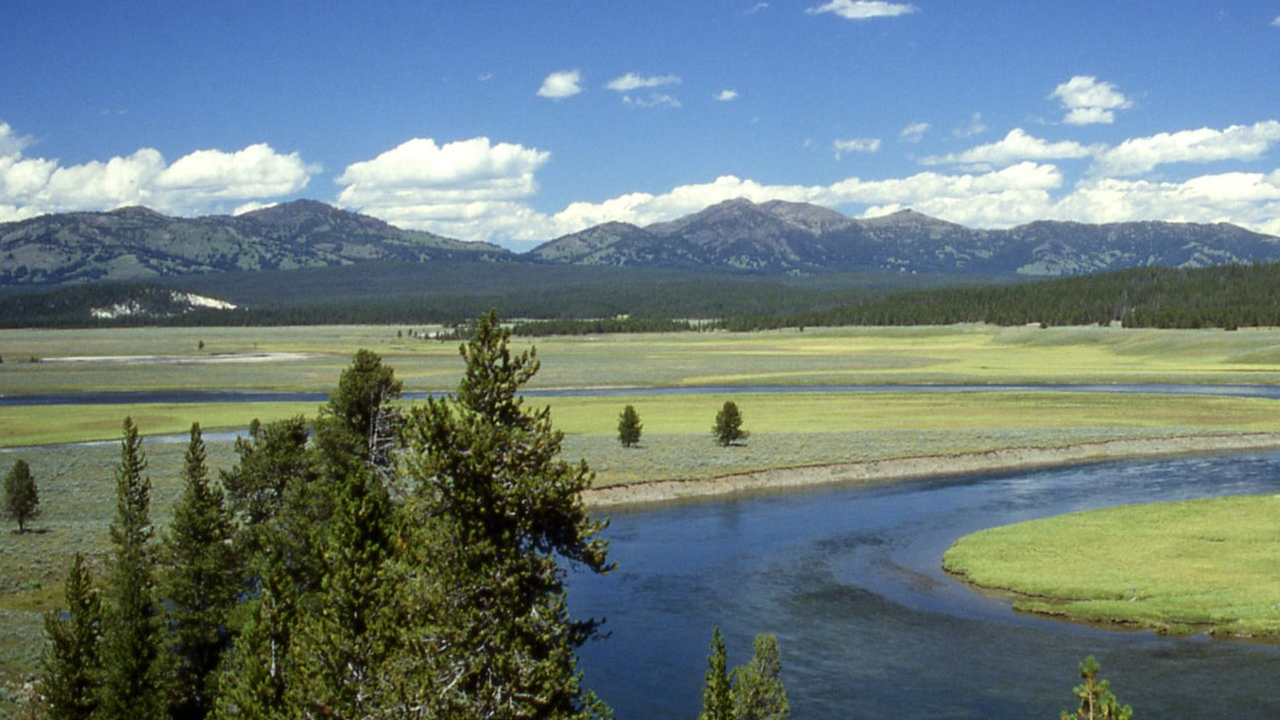
A supervolcano is capable of producing an eruption with ejecta greater than 1,000 cubic kilometers. The Yellowstone Caldera in the United States is one of the most famous examples.
Volcanic Lightning
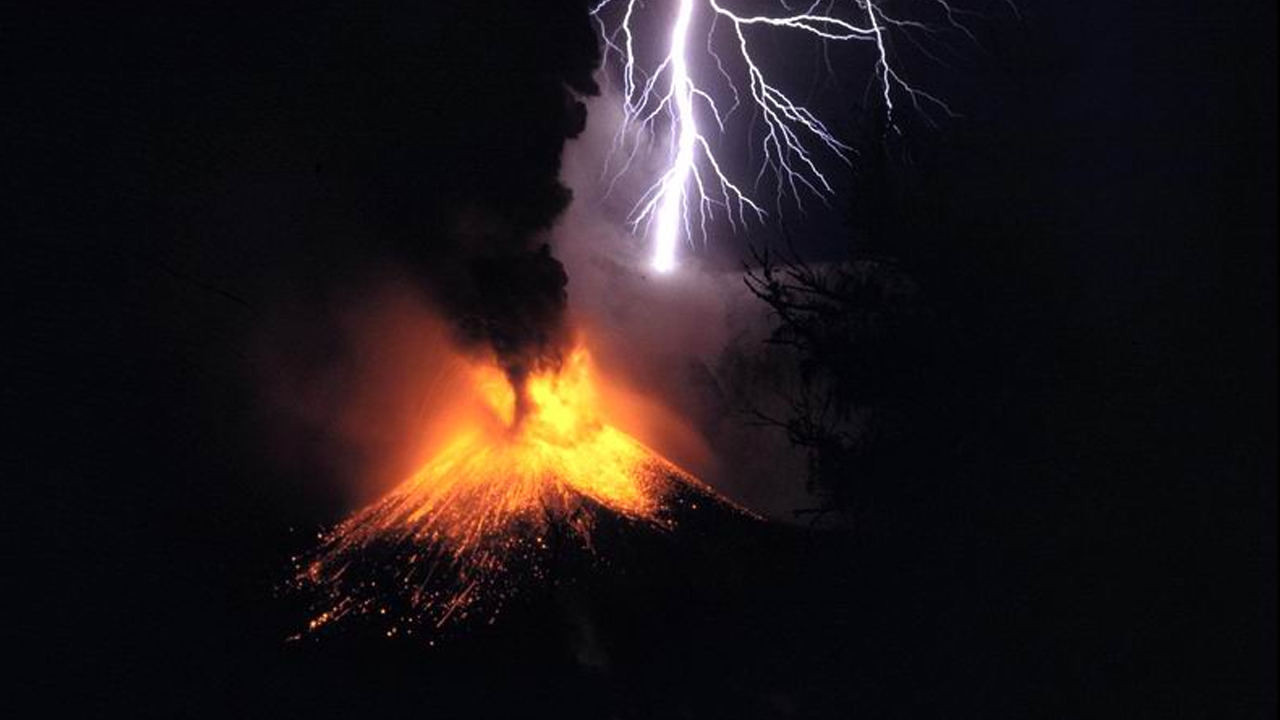
Volcanic eruptions can create their own lightning. This occurs when ash particles collide and generate static electricity, leading to spectacular lightning displays.
Volcanic Islands
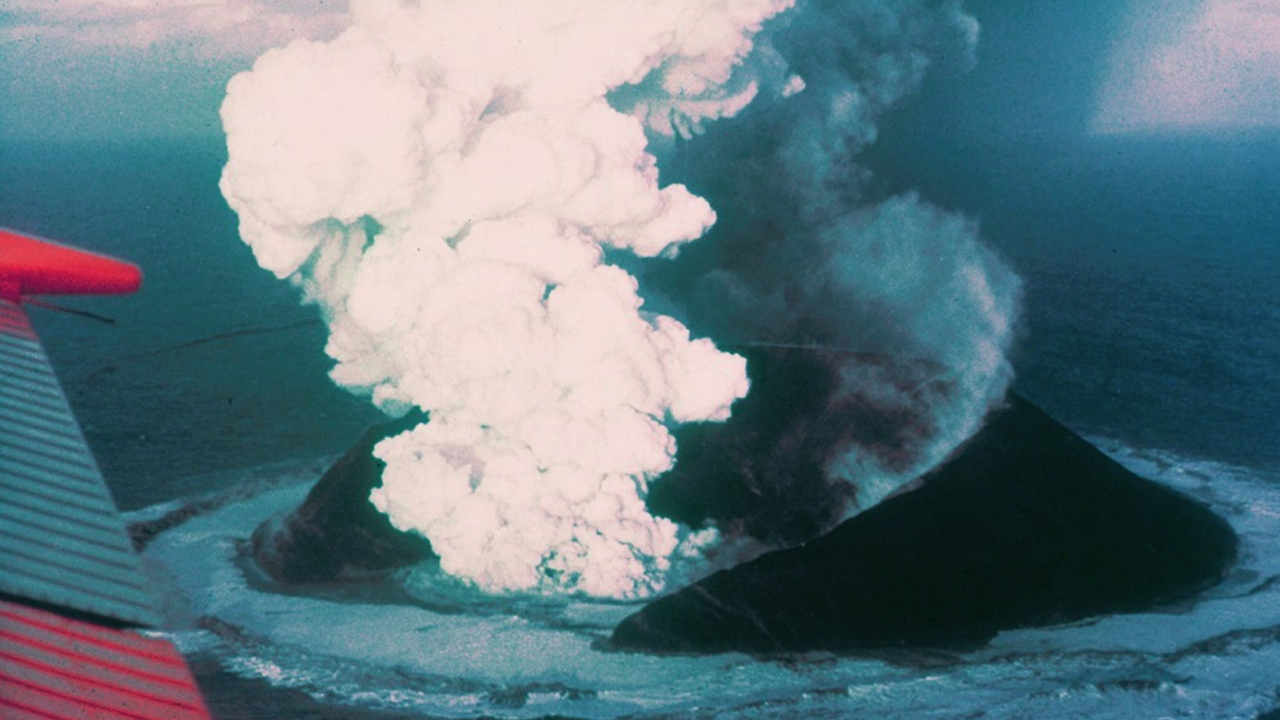
New volcanic islands can form from underwater eruptions. The island of Surtsey off the coast of Iceland emerged from the ocean in 1963 after an underwater volcanic eruption.
The Ring of Fire
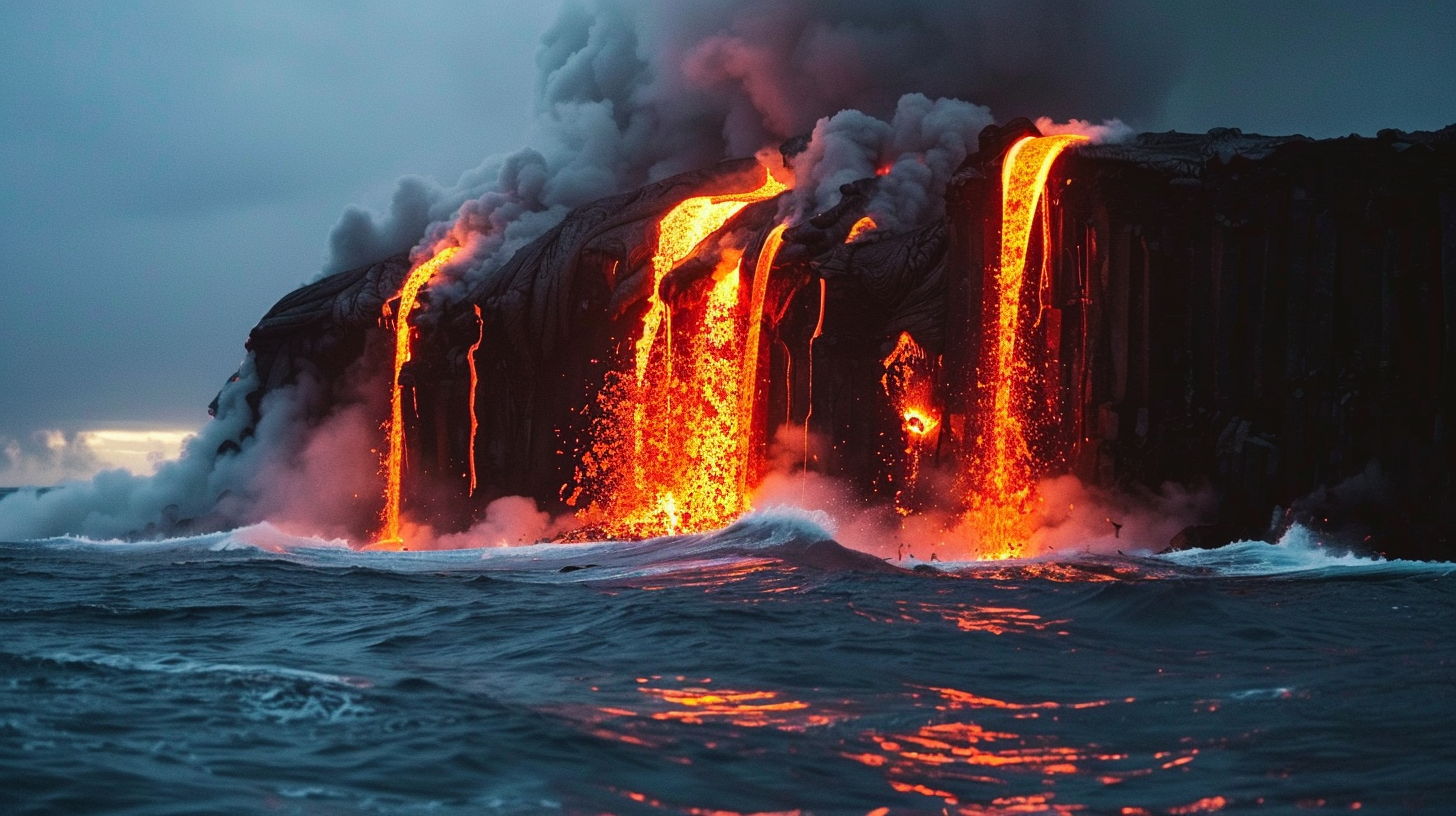
The Pacific Ring of Fire is an area prone to earthquakes and volcanic eruptions. It is home to about 75% of the world’s active and dormant volcanoes.
Pompeii and Mount Vesuvius

Mount Vesuvius erupted in AD 79, burying the Roman cities of Pompeii and Herculaneum in ash. The cities were preserved in a state of suspended animation, providing a glimpse into ancient Roman life.
Lava Tubes
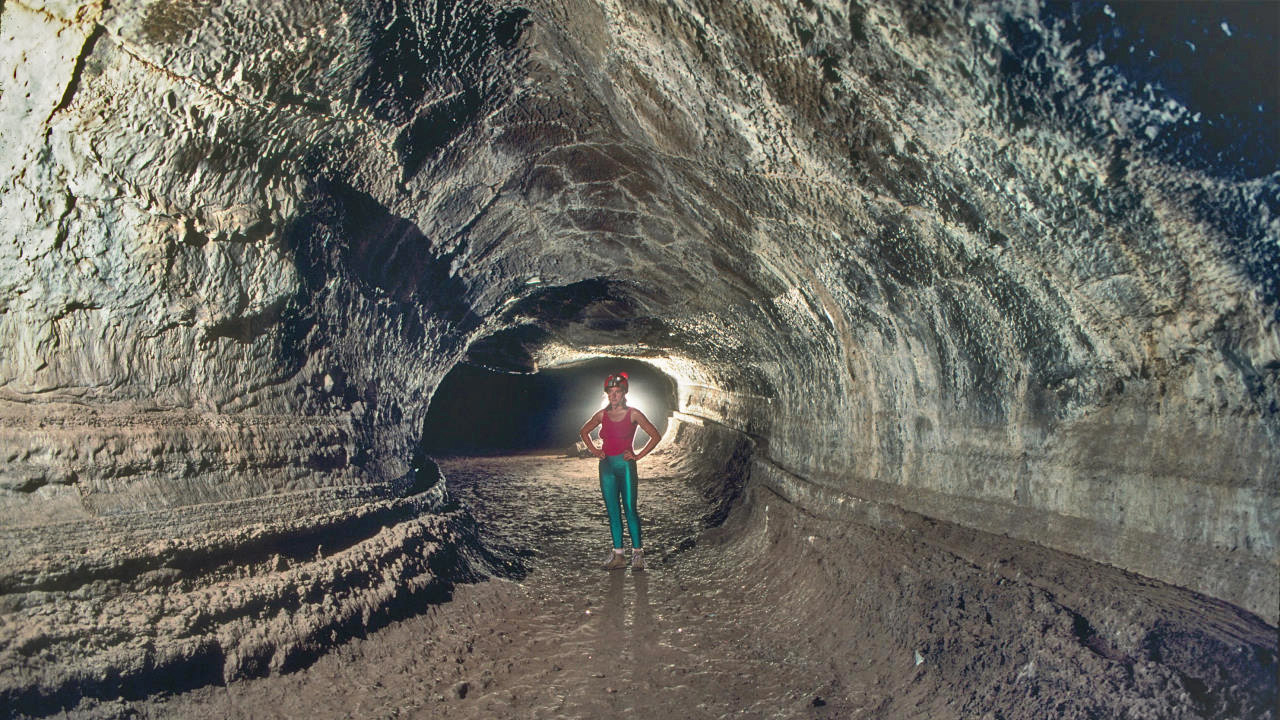
Lava tubes are natural tunnels formed by flowing lava. Once the lava flows out, it leaves behind a hollow tube that can be miles long.
Volcanic Soil

Volcanic soil is very fertile. Regions with volcanic soil, such as the slopes of Mount Etna in Italy, are known for their rich agriculture.
Volcanic Eruptions and Climate Change
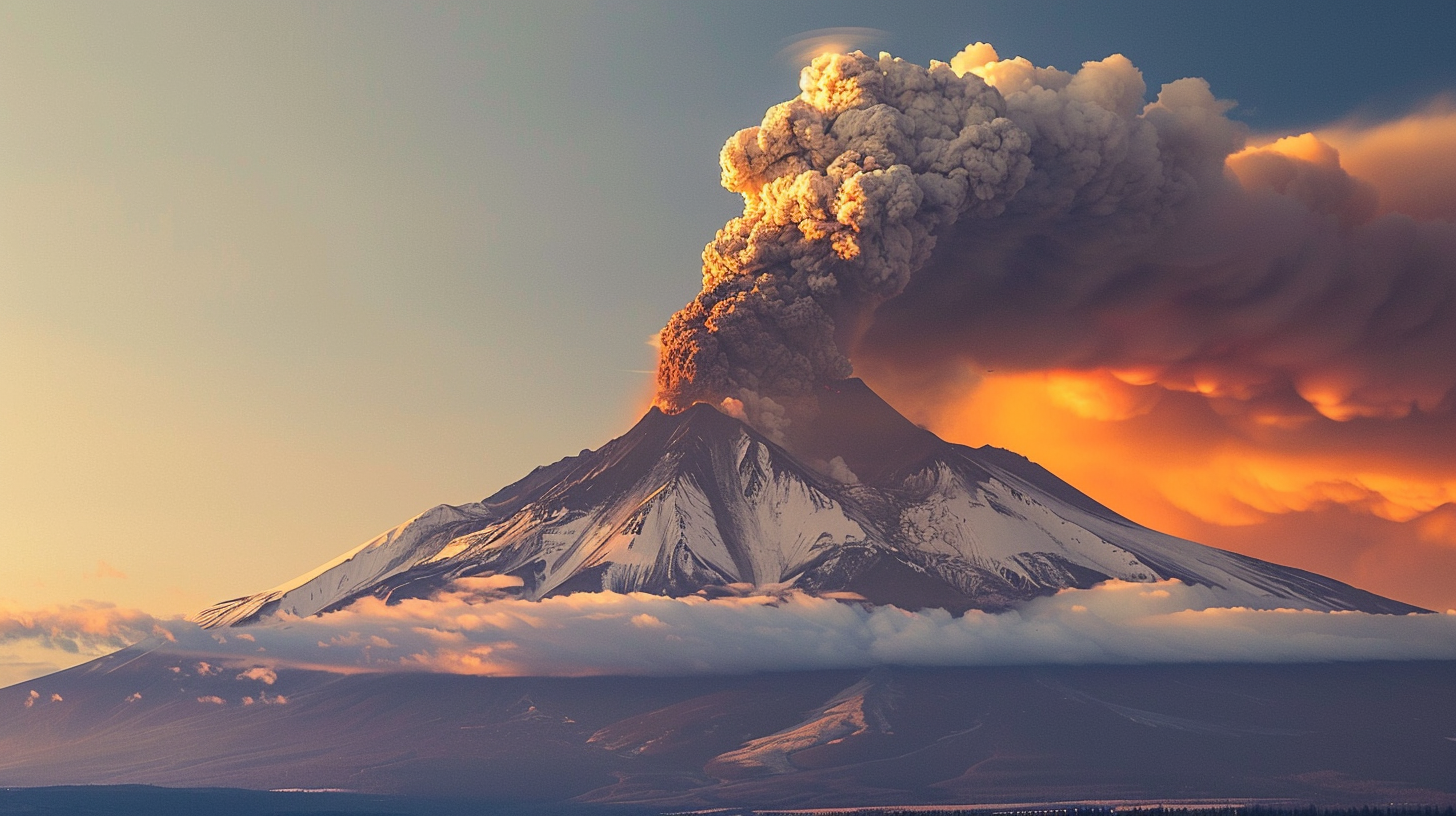
Large volcanic eruptions can impact global climate. The eruption of Mount Tambora in 1815 led to the “Year Without a Summer” in 1816 due to the vast amount of volcanic ash and sulfur dioxide in the atmosphere.
Lava Lakes
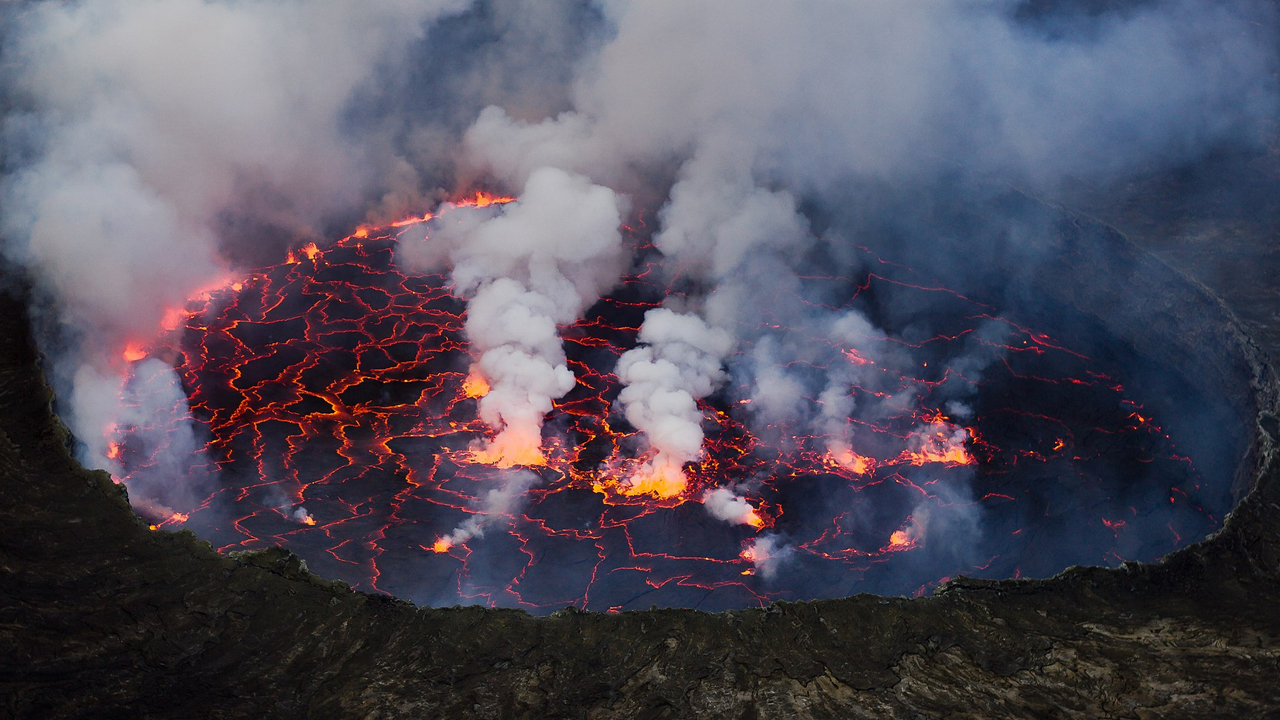
A lava lake is a large volume of molten lava contained in a volcanic crater or depression. The most famous lava lake is found at Mount Nyiragongo in the Democratic Republic of Congo.
The Deadliest Eruption
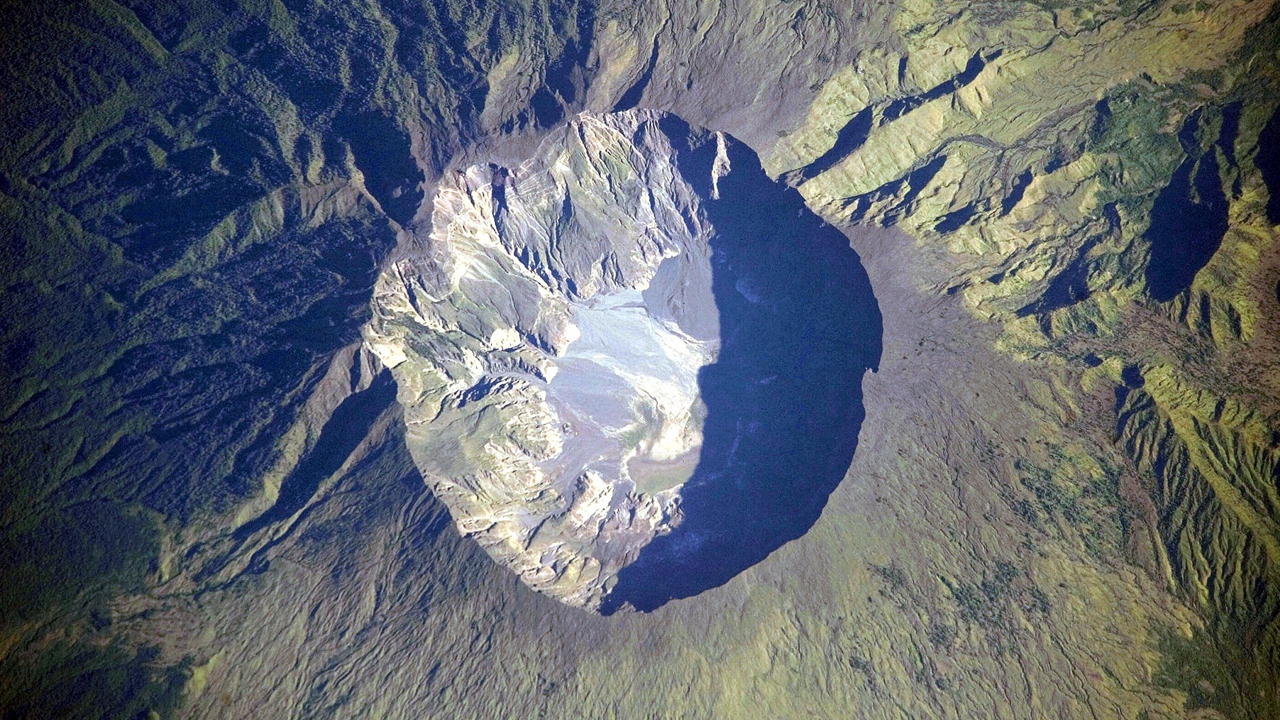
The eruption of Mount Tambora in 1815 was the deadliest in recorded history. It killed an estimated 71,000 people and caused widespread climatic disruptions.
The Tallest Volcano
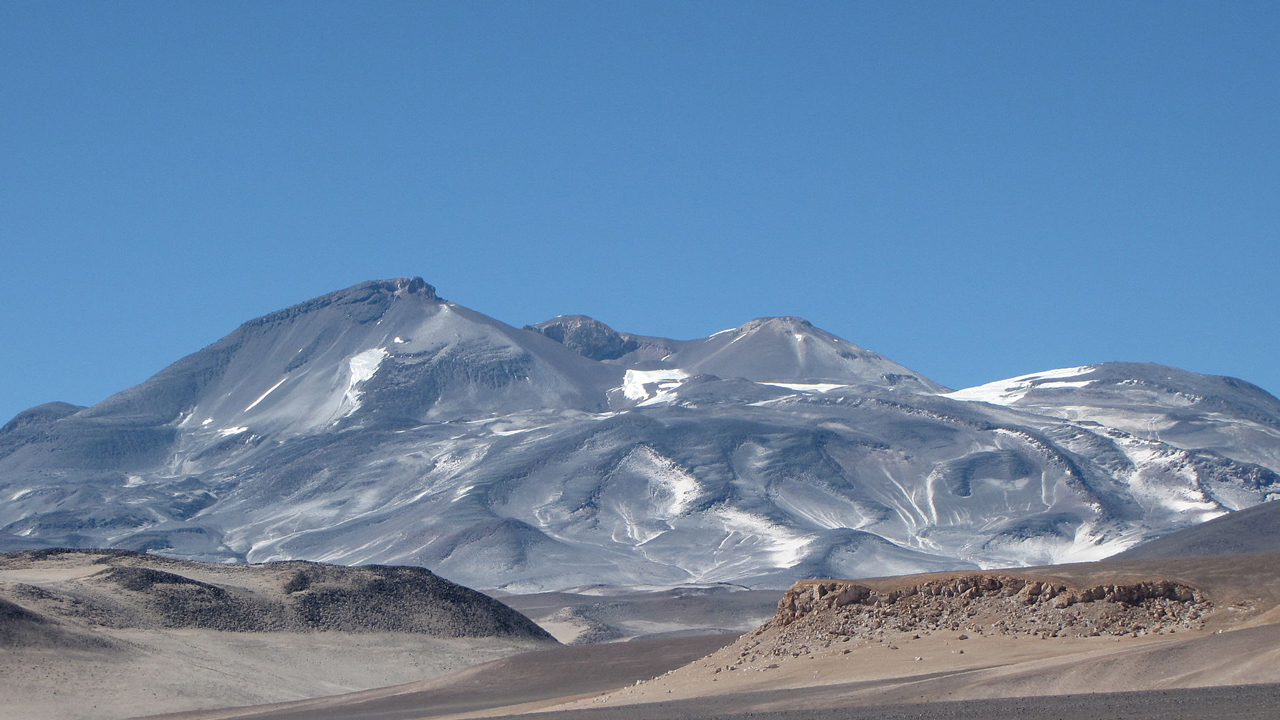
Ojos del Salado in the Andes mountains on the border between Chile and Argentina is the tallest volcano in the world. It stands at 22,615 feet.
Volcanic Hotspots

A volcanic hotspot is an area in the mantle from which heat rises as a thermal plume. The Hawaiian Islands were formed by a hotspot in the middle of the Pacific Plate.
The Oldest Volcano
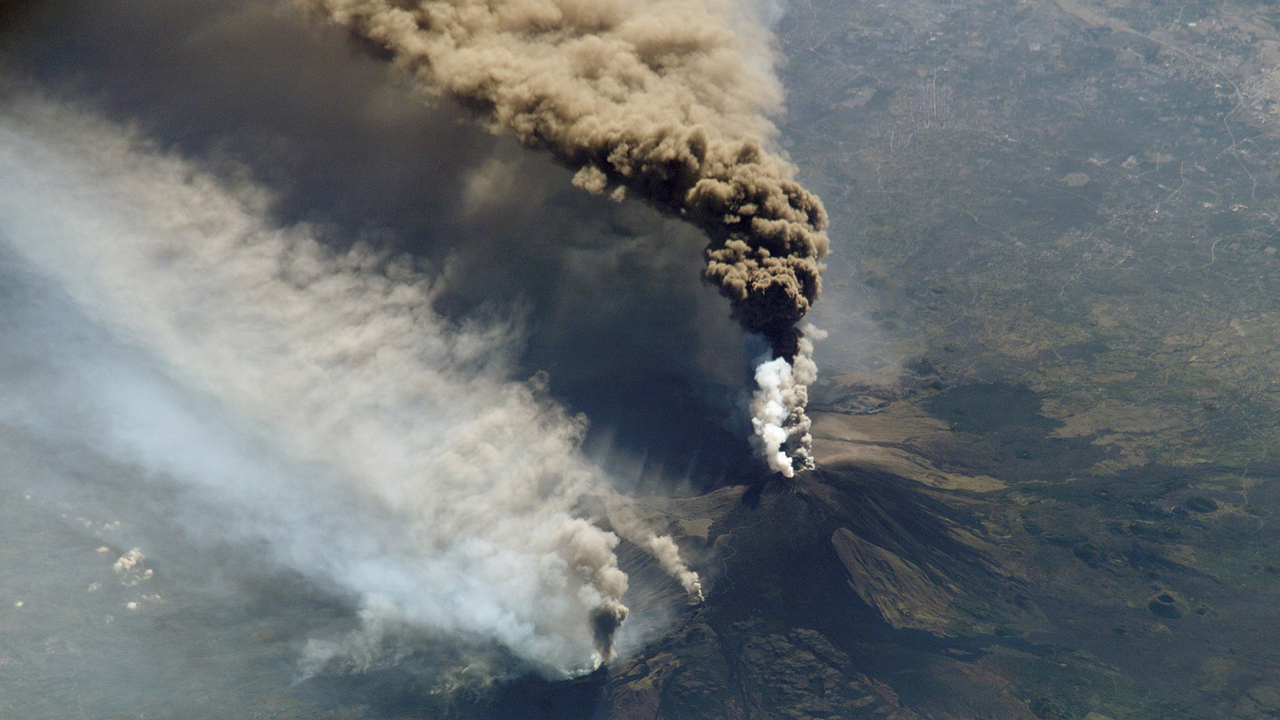
Mount Etna in Italy is one of the world’s oldest active volcanoes. Its first recorded eruption was in 1500 BC.
Volcanic Glass
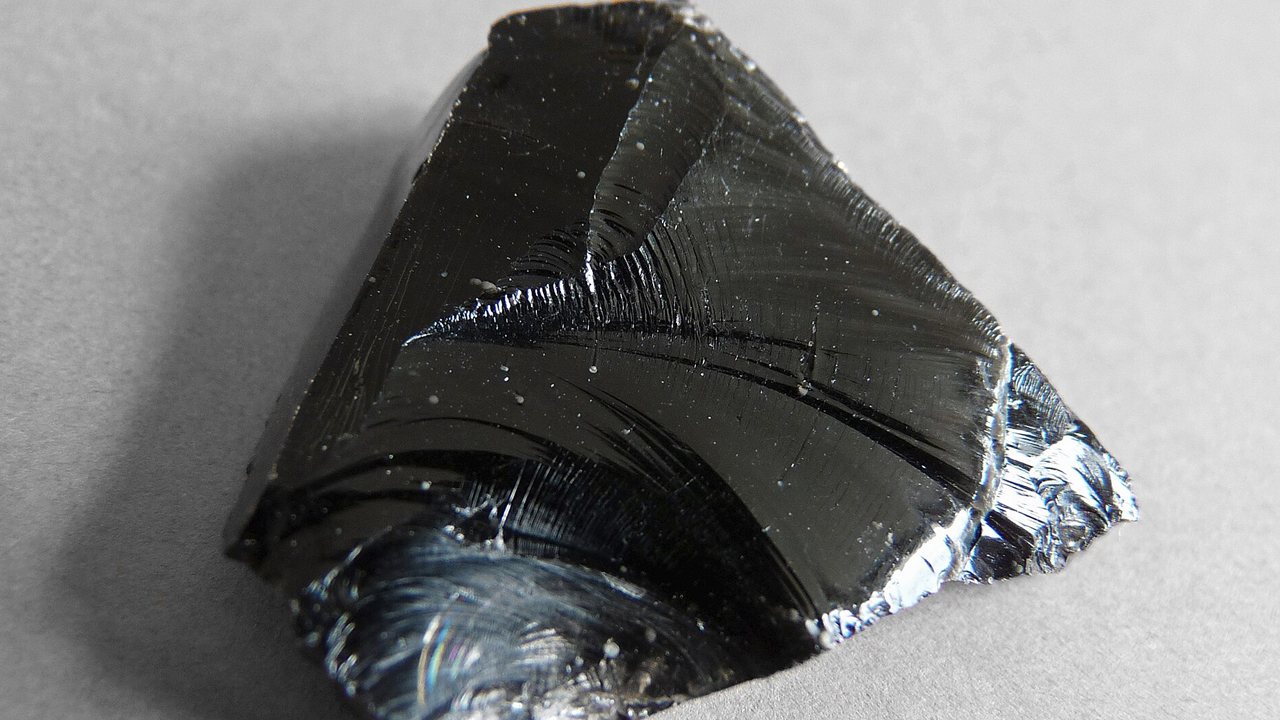
Obsidian is a type of volcanic glass formed from rapidly cooling lava. It is known for its sharp edges and was used by ancient peoples to make tools and weapons.
Volcanic Gases
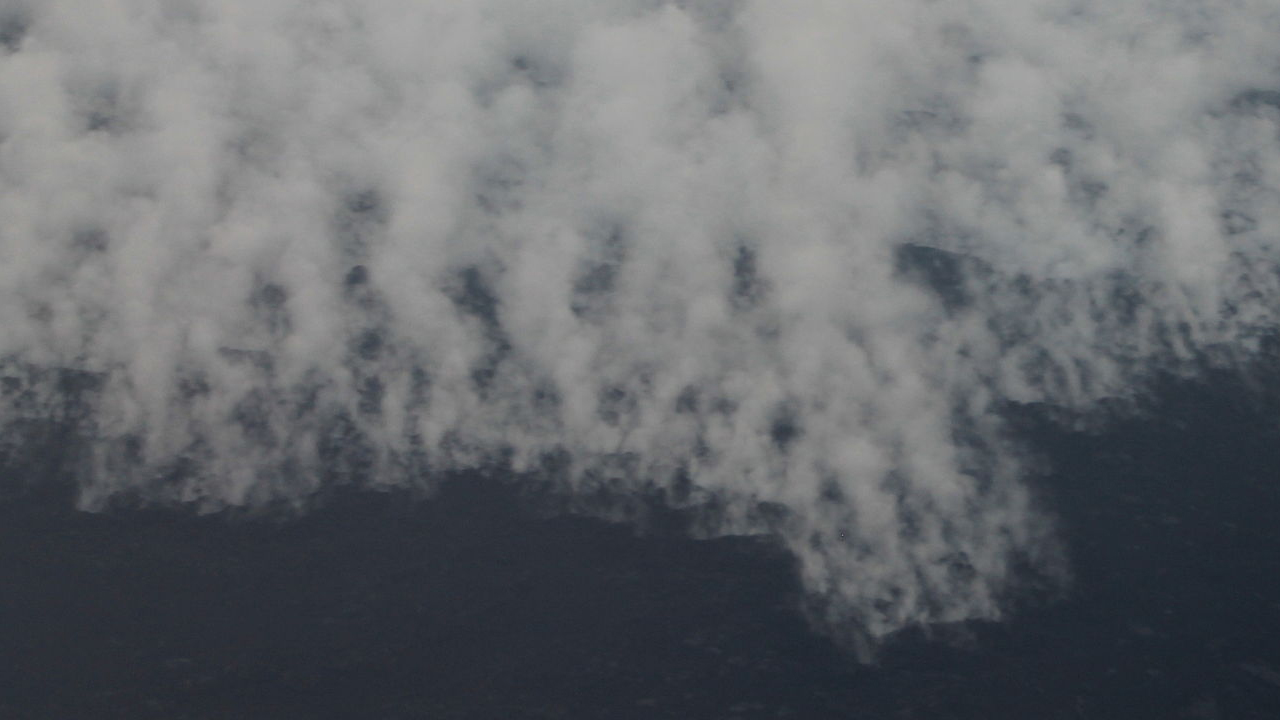
Volcanic eruptions release gases such as water vapor, carbon dioxide, sulfur dioxide, and hydrogen sulfide. These gases can affect air quality and climate.
Eruption Predictions
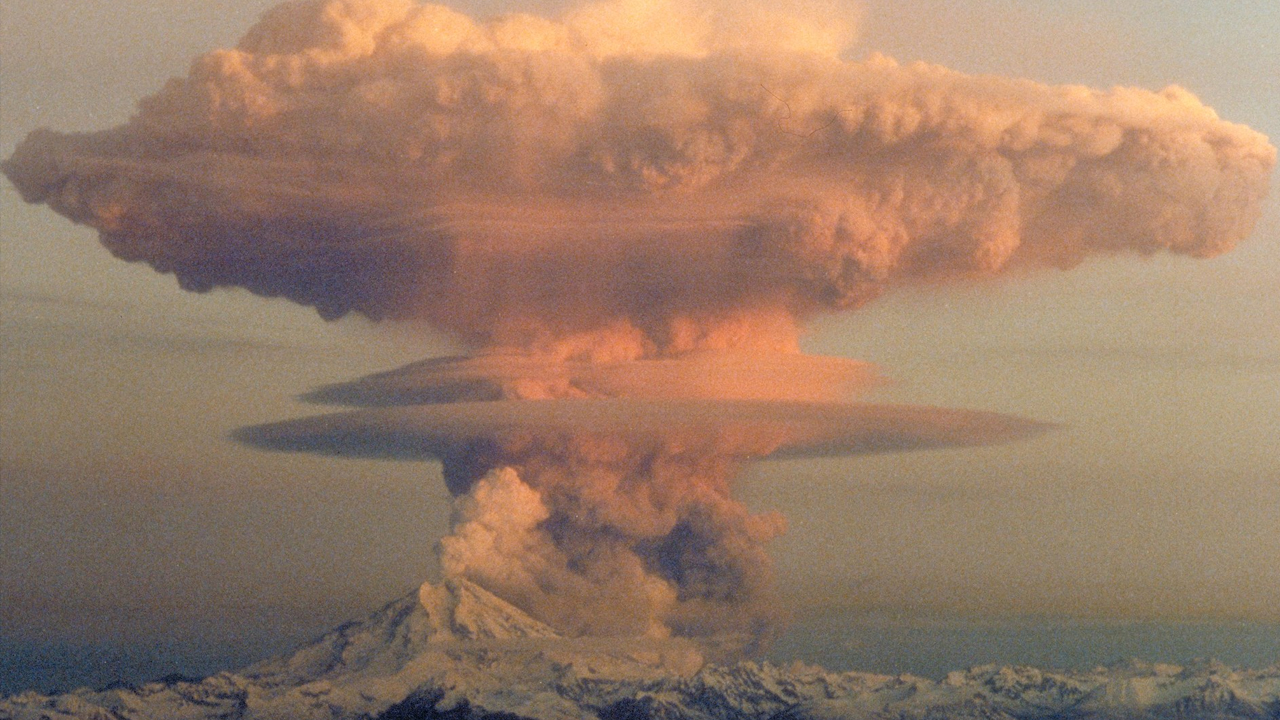
Scientists use various methods to predict volcanic eruptions, including monitoring seismic activity, gas emissions, and ground deformation. Early warning systems can save lives.
The Lava Flow Speed
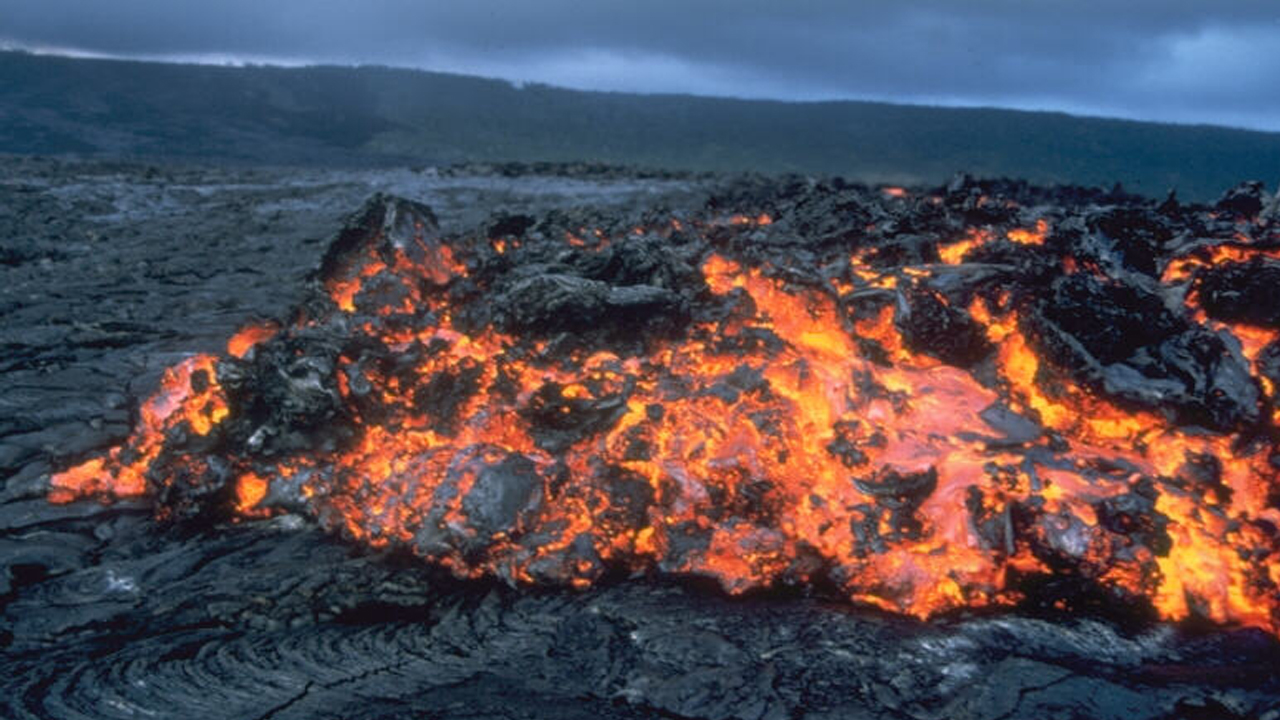
Lava flow speed varies depending on the type of lava. Pahoehoe lava can flow at speeds of up to 30 miles per hour, while a’a lava moves much slower.
The World’s Youngest Volcano
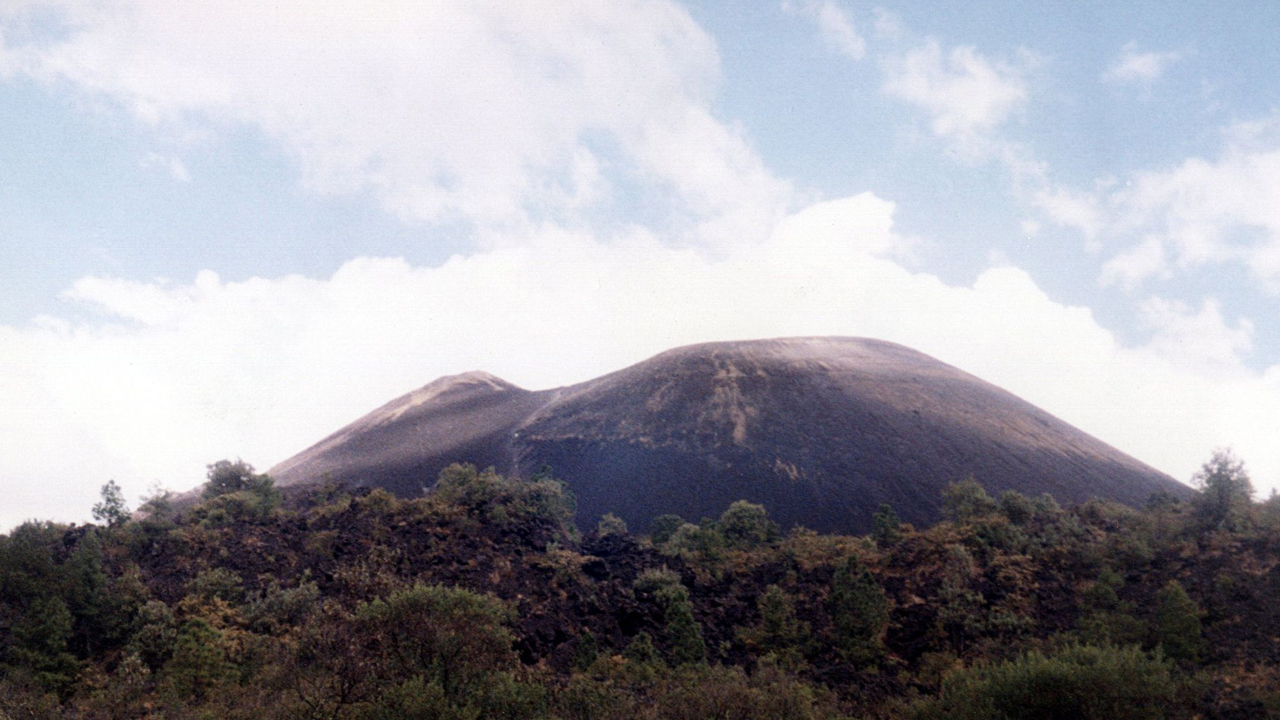
Parícutin in Mexico is the youngest volcano on land. It emerged suddenly in a farmer’s cornfield in 1943 and erupted for nine years before becoming dormant.
Ellen has been obsessed with logic puzzles, jigsaws, and cryptograms since she was a kid. After learning she was taught how to play chess wrong by a family friend (so they could win), she joined her school chess club and the rest is history.

